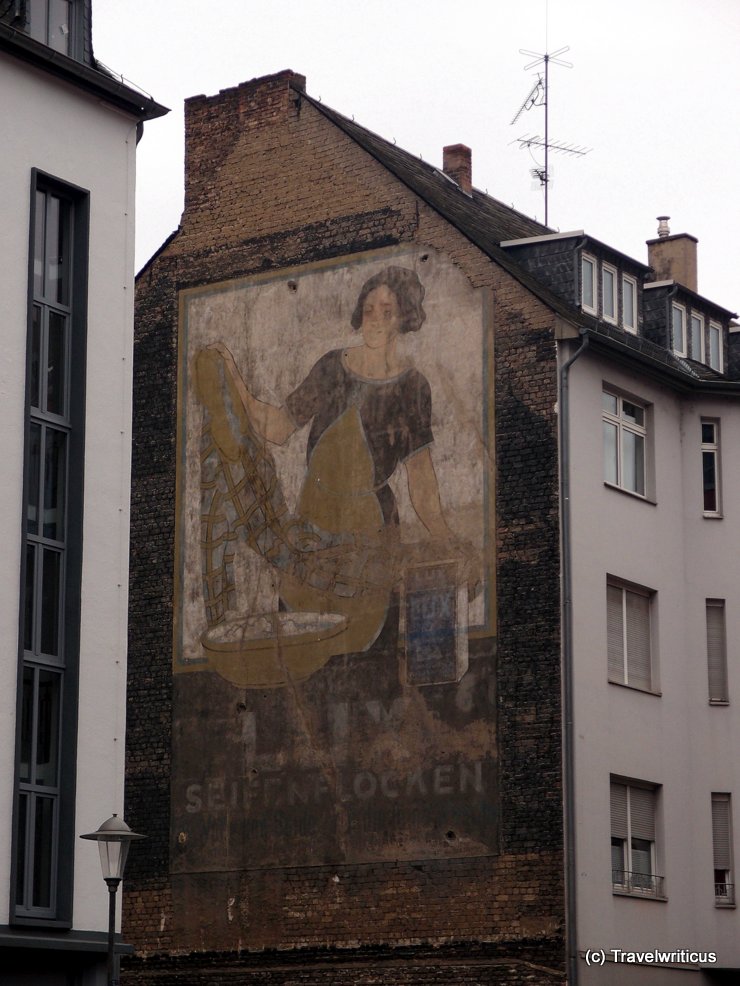
Opposite my hotel in the German city of Koblenz, I came across this ghost sign covering the front wall of a building. In earlier times, it promoted soap flakes known as LUX Seifenflocken.
You only see what you know (Goethe)

Opposite my hotel in the German city of Koblenz, I came across this ghost sign covering the front wall of a building. In earlier times, it promoted soap flakes known as LUX Seifenflocken.

The biggest attraction in Maximilianpark is undoubtedly the glass elephant, which uses the building of the former coal washery. A butterfly house and a museum railway complete the offer for young and old. [German]
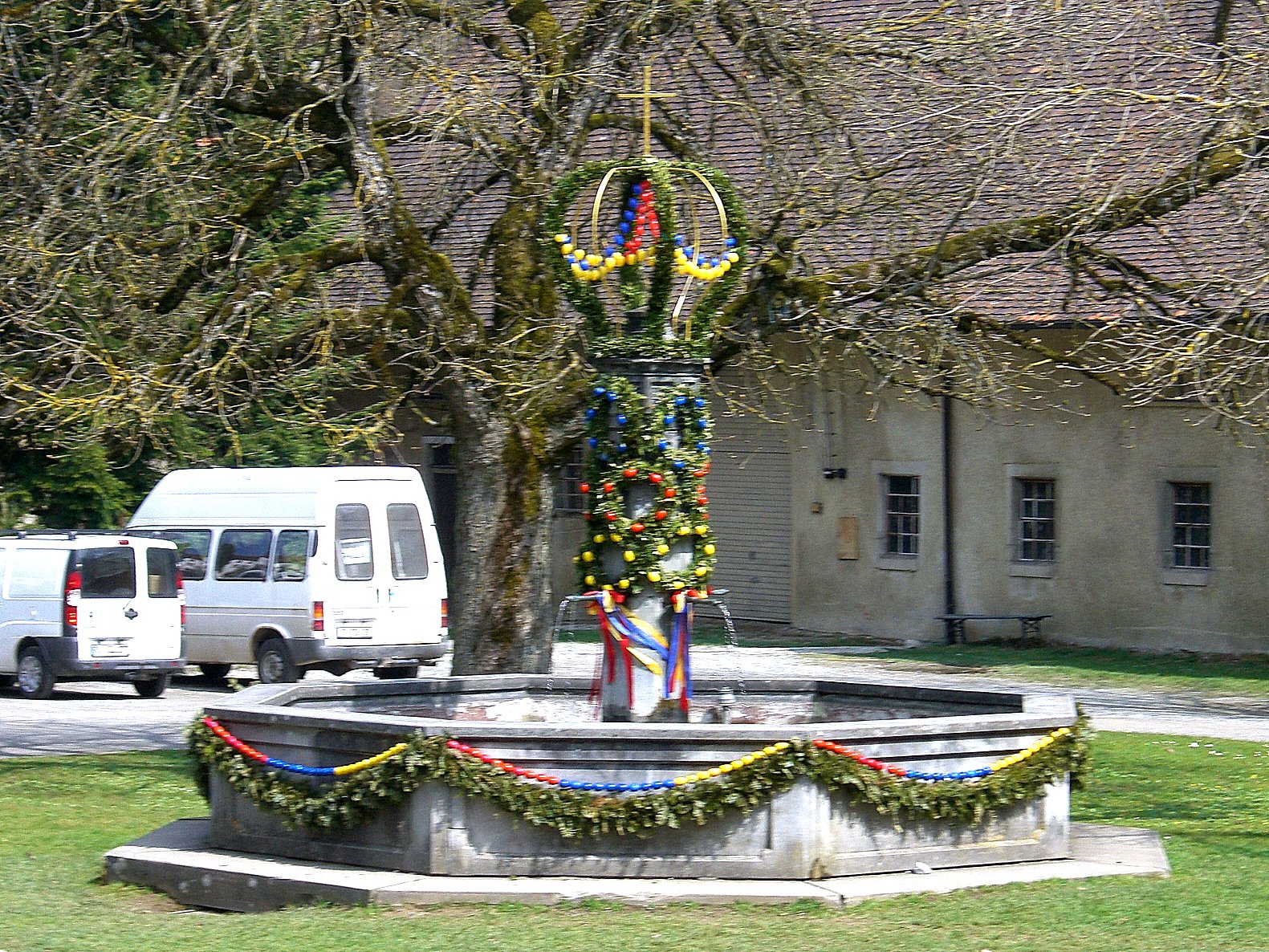
Decorated Easter Wells (Osterbrunnen) are a German tradition dating back to the early 20th century. The first examples developed in Franconian Switzerland (Fränkische Schweiz). In the meantime, more and more Easter Wells and Fountains have arisen in other parts of Germany.
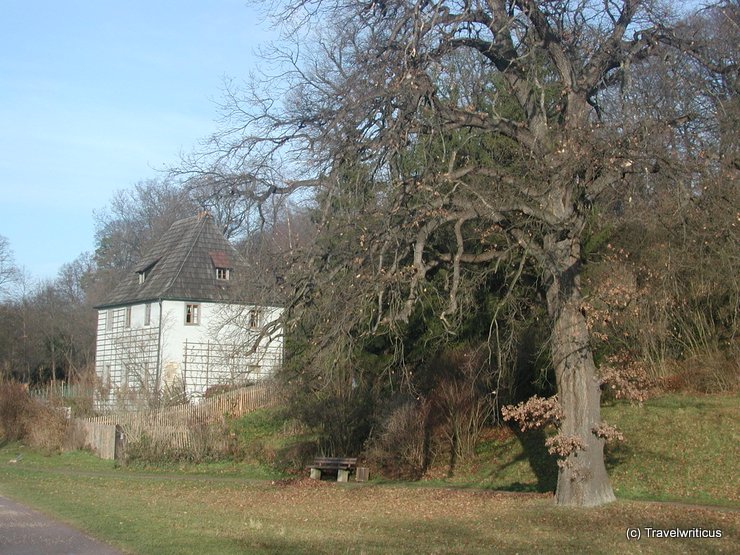
The Goethe garden house is a building in the Ilmpark of Weimar. It was Goethe’s home and workplace until he moved to the Frauenplan in June 1782. Here, he wrote the famous ballad of the Erlkönig and the poem To the Moon. [German]
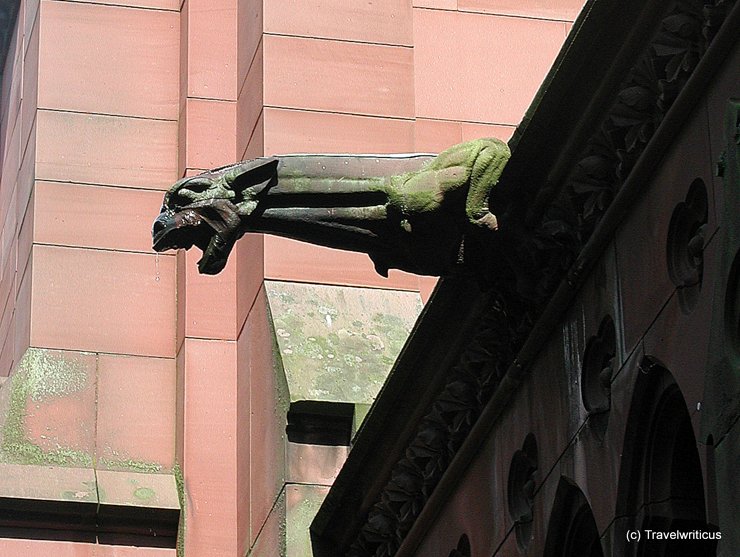
The Sepulchral Chapel (Großherzogliche Grabkapelle Karlsruhe) was commissioned by Grand Duke Friedrich I of Baden and his wife, Luise of Prussia. Five of seven Grand Dukes of Baden found their last rest in this chapel.
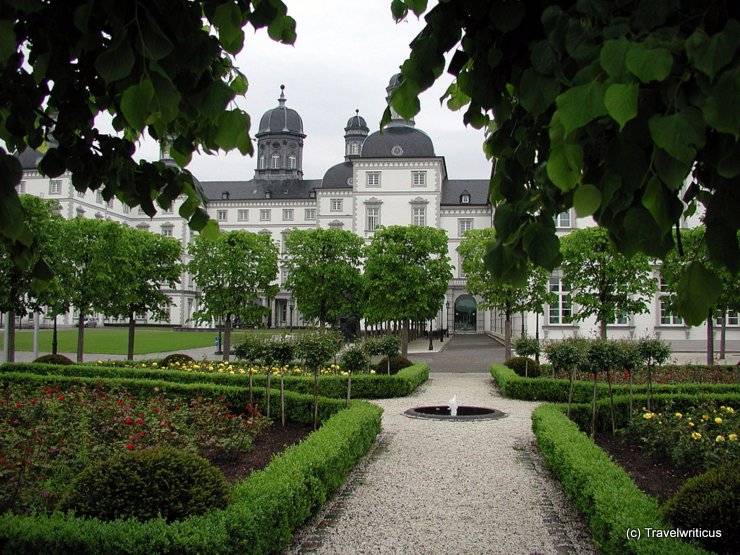
At the beginning of the 18th century, Italian Baroque architect Matteo Alberti designed Bensberg Palace (Schloss Bensberg). Today the former hunting lodge for the Counts Palatine of the Rhine houses a 5-Star Grand hotel. [German]
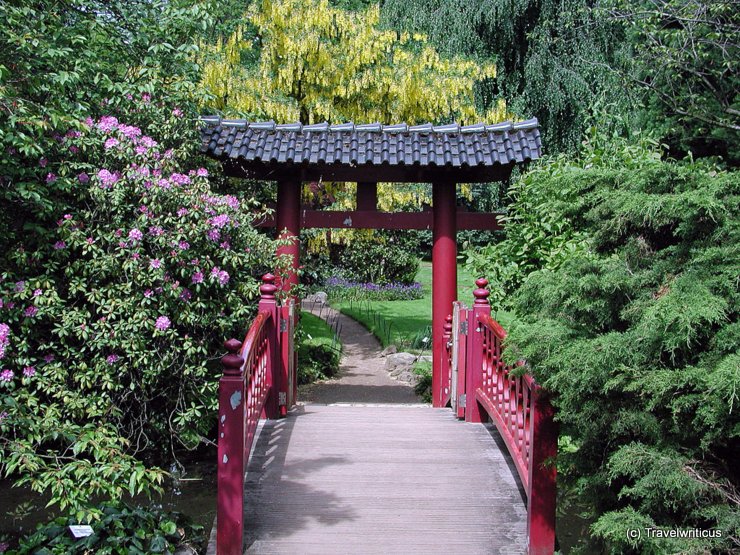
The Japanese garden of Leverkusen, founded by Carl Duisberg, is a 15,000 m² area open to the public. It is located near the BayKomm, an exhibition hall where one can learn about the products made by Bayer AG.

Godesburg Castle (Godesburg) stands on a hill in Bad Godesberg, a part of Bonn. It dates back to the 13th century. At the start of the Cologne War, the castle fell victim to a siege in 1583. Today it houses a restaurant and is known as a fine lookout. [German]
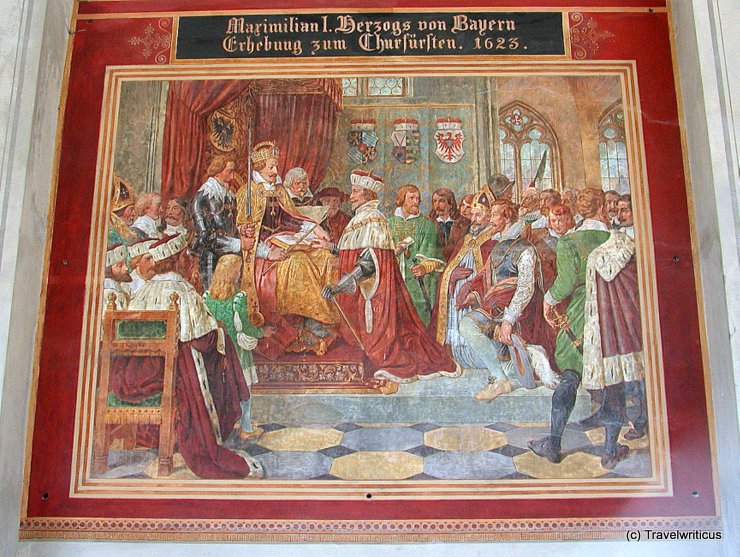
This is one example of several wall paintings I saw in the arcades of the Munich Court Garden (Münchner Hofgarten). The paintings display episodes in the history of the House of Wittelsbach. I was especially impressed by the fact that these paintings are publicly displayed. They are protected against wind and weather only by the arcades.
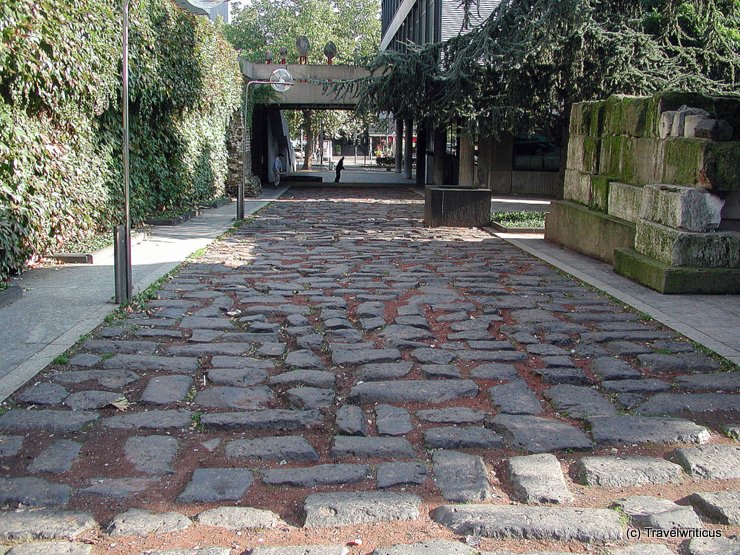
Near the Roman Museum, pedestrians see this reconstruction of an ancient street. The lane is known as Harbour Road, though it doesn’t lead to a port anymore. It isn’t an exact reconstruction of the former street, but the basalt stones are from Roman times.
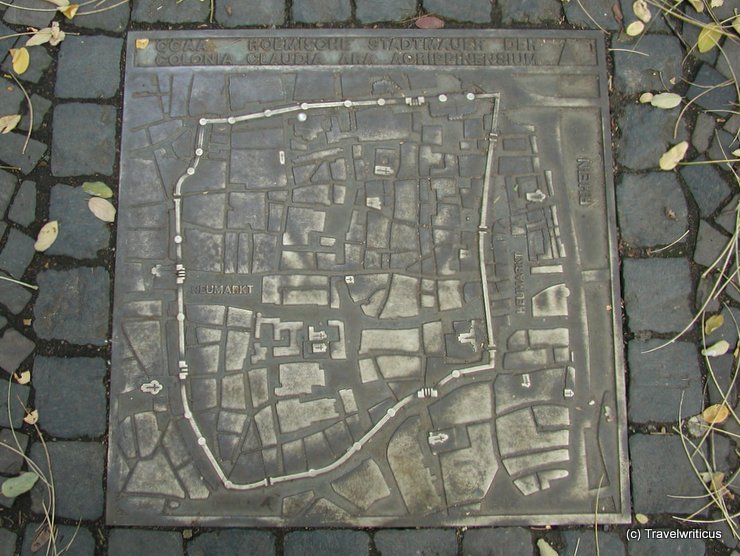
Near the historic Zeughaus in Cologne, I discovered this map on the pavement. It helped me to understand the course of the former Roman town wall.
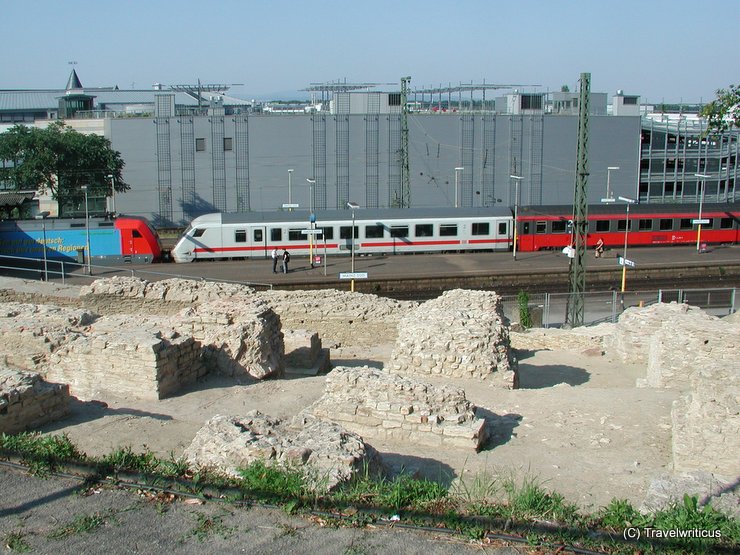
During ancient times, the name of Mainz was Mogontiacum. You still find several Roman remains in the city. For example, the ruins of the Roman theatre stand next to the railway station named Mainz Römisches Theater.